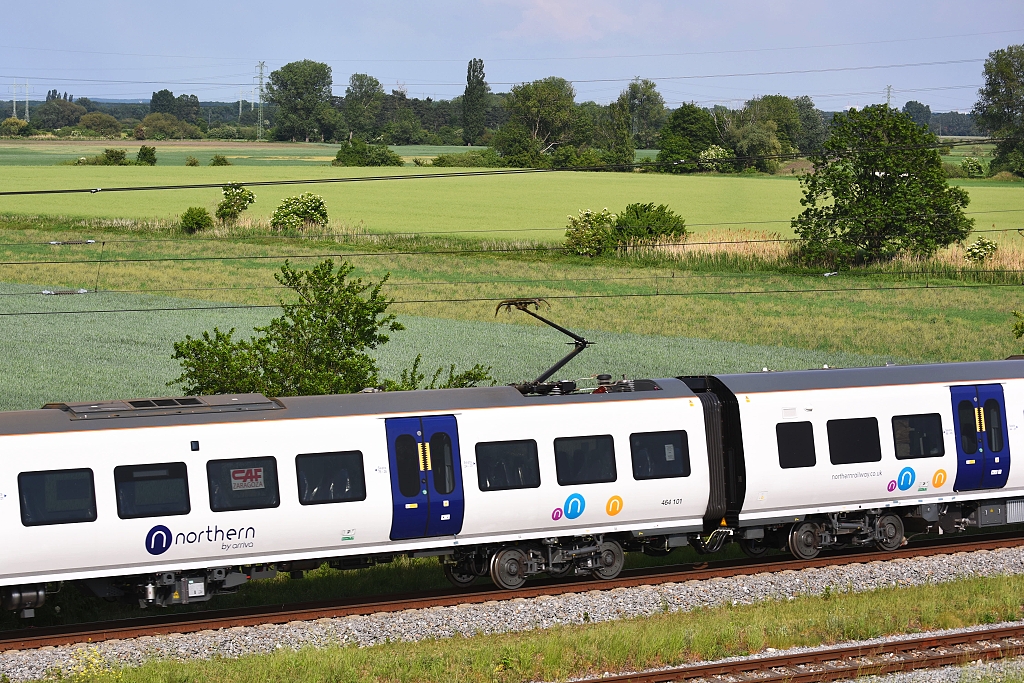Bletchleyite
Veteran Member
Mod Note: Posts #1 - #12 originally in this thread.
If there is such a second order, I hope CAF can offer a bi-mode. It might then make sense to order dedicated units for this most InterCity of Northern's routes, with additional luggage capacity and perhaps even a small First Class area.
I can see these rapidly growing market share on their routes due to the quality step change to such an extent that a larger order will be required, and given the age of the 156/158s it seems that a much bigger order would have been justified with longer term rolling delivery?
Not being familiar with the route though, and given the overall DMU shortage, it did strike me that it was odd to run Barrow - Manchester airport with so much under the wires. Wouldn't it make more sense to split the service at Lancaster or Preston to free up DMUs for diesel only routes? Unpopular with airport passengers of course, where a through train is especially helpful - but 80% plus people on my train were not going to the airport, though that might change with different times of day.
If there is such a second order, I hope CAF can offer a bi-mode. It might then make sense to order dedicated units for this most InterCity of Northern's routes, with additional luggage capacity and perhaps even a small First Class area.

